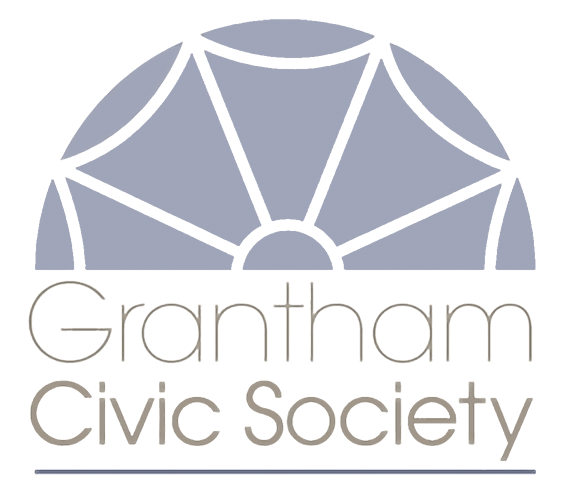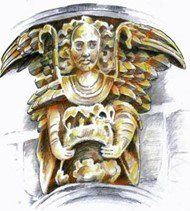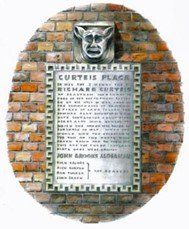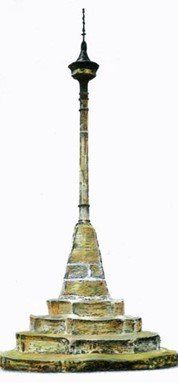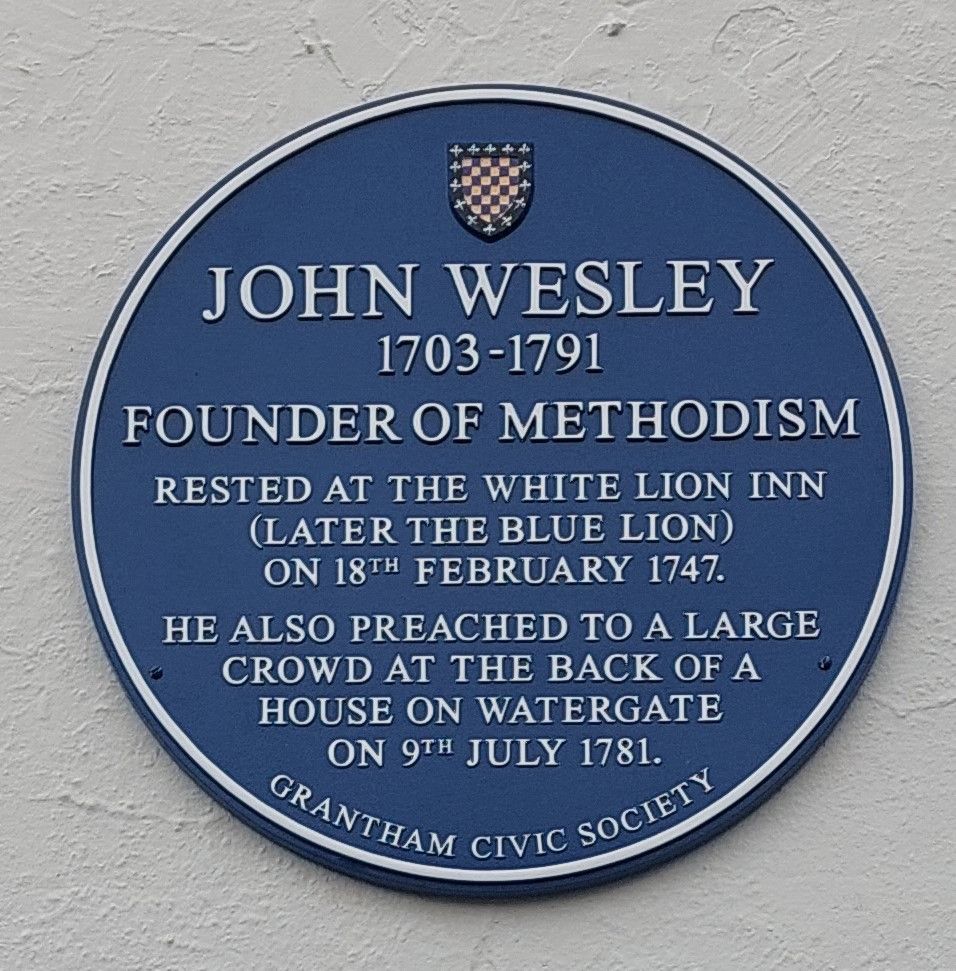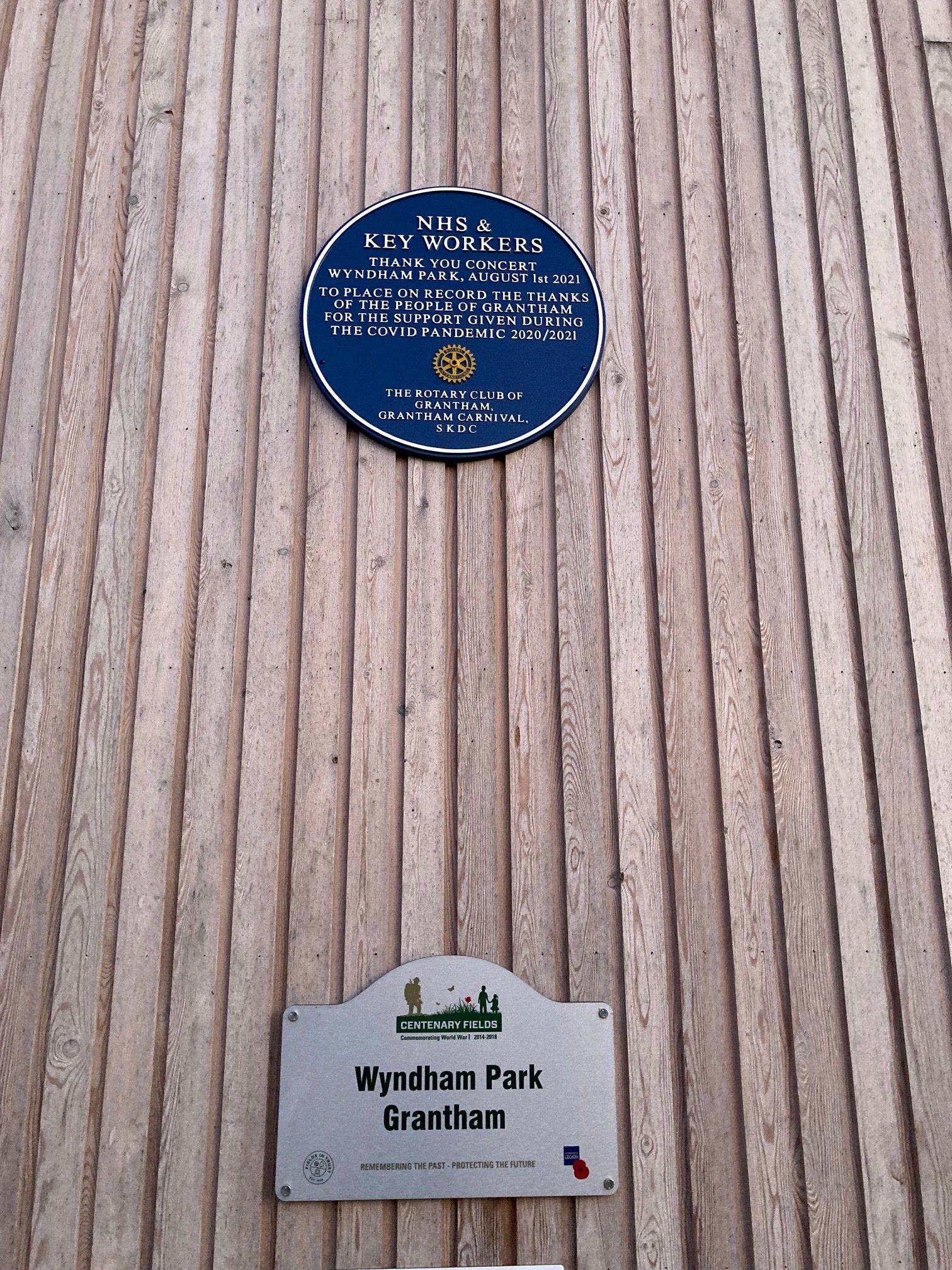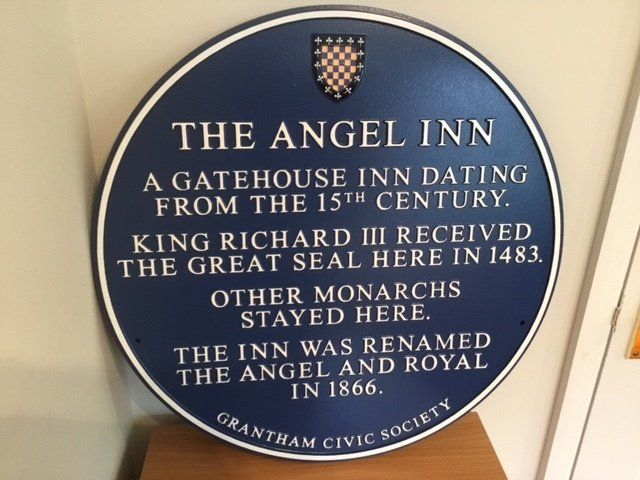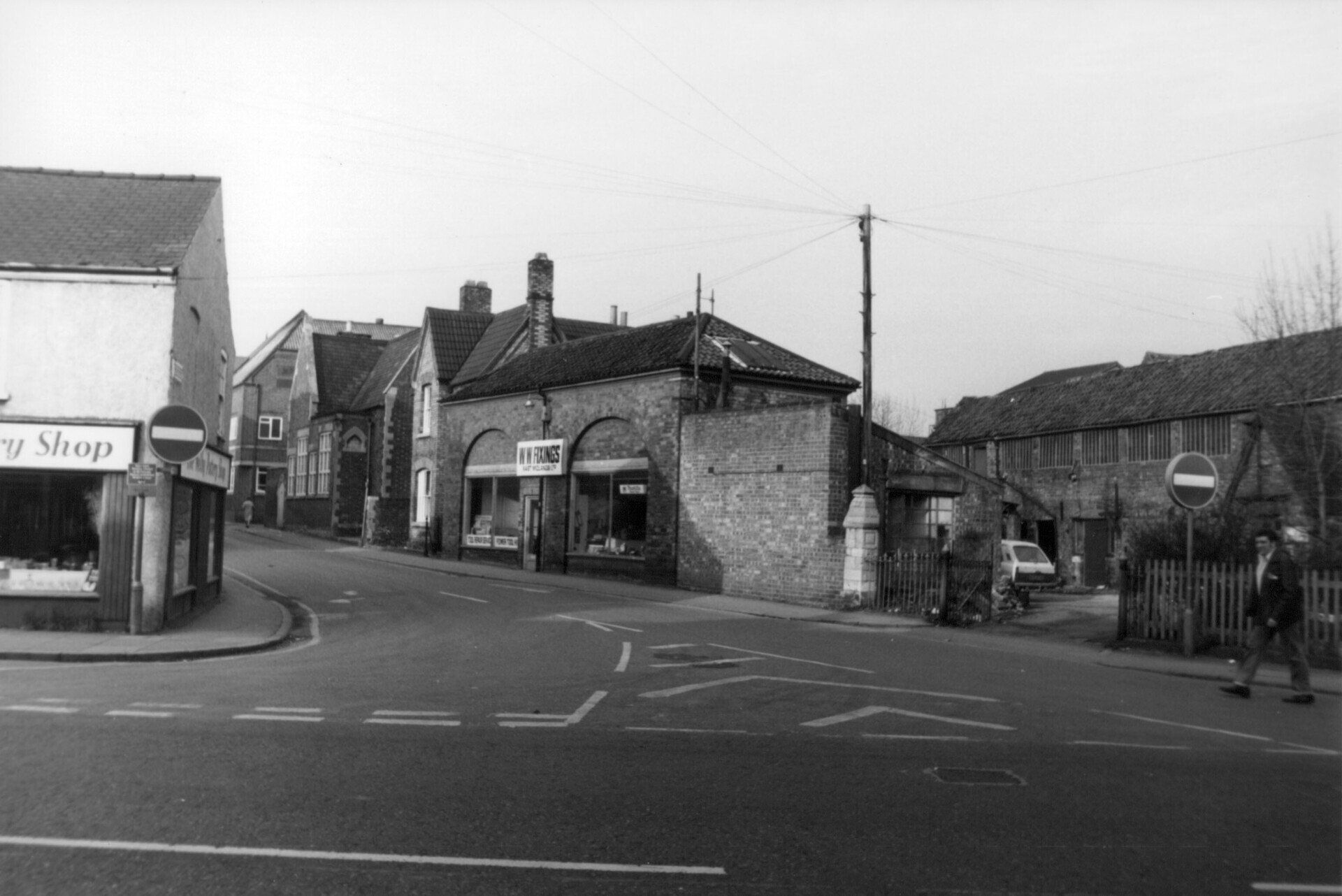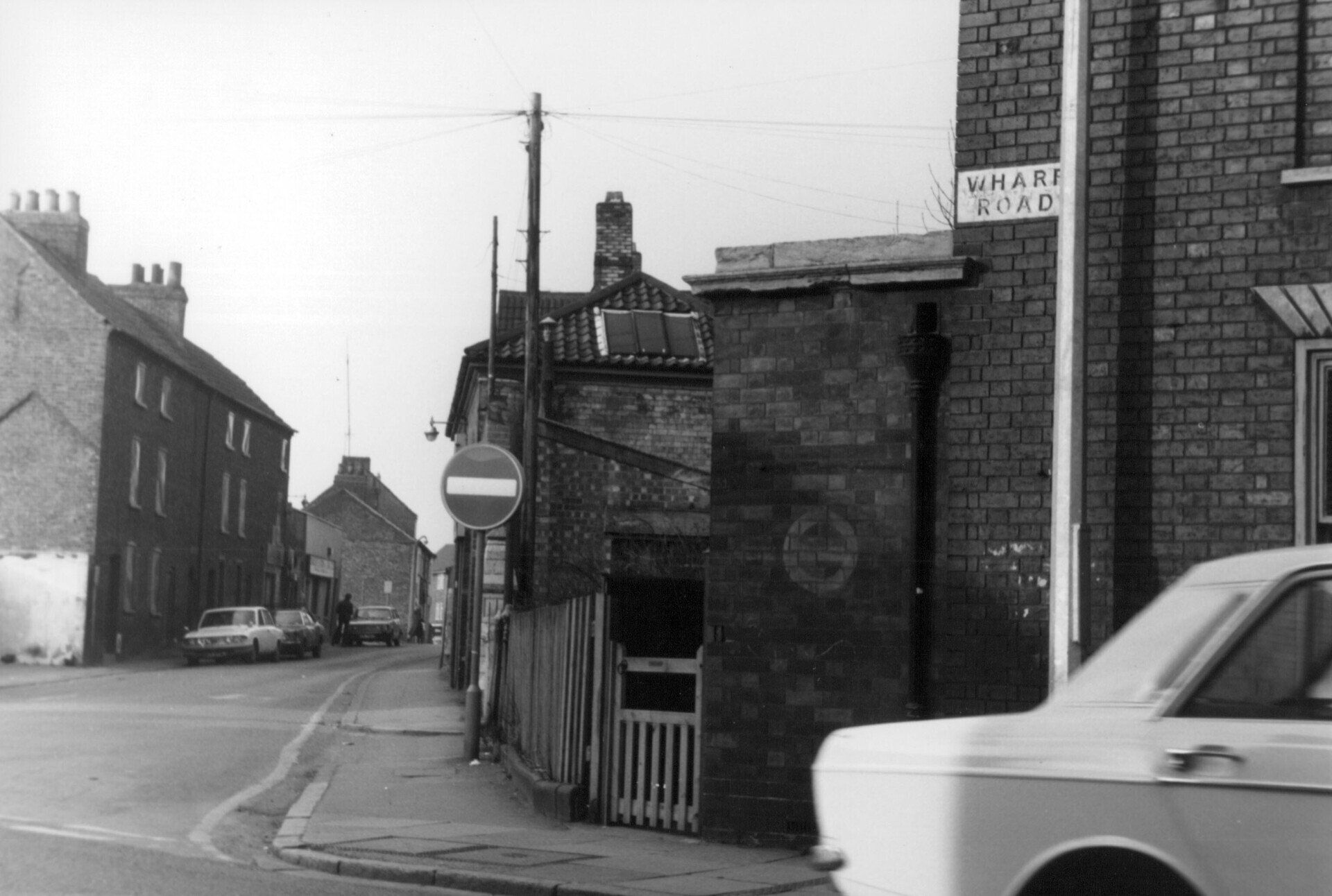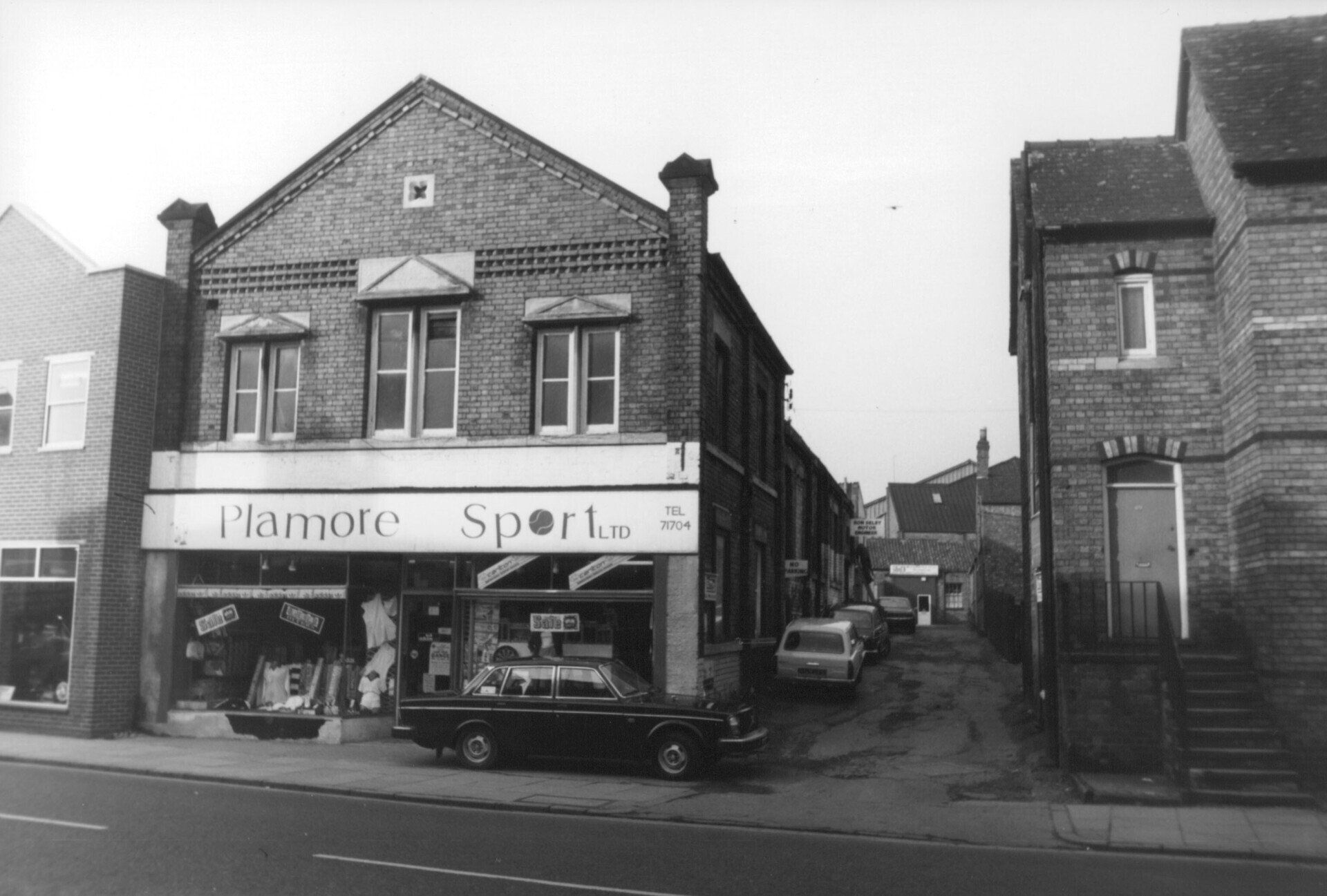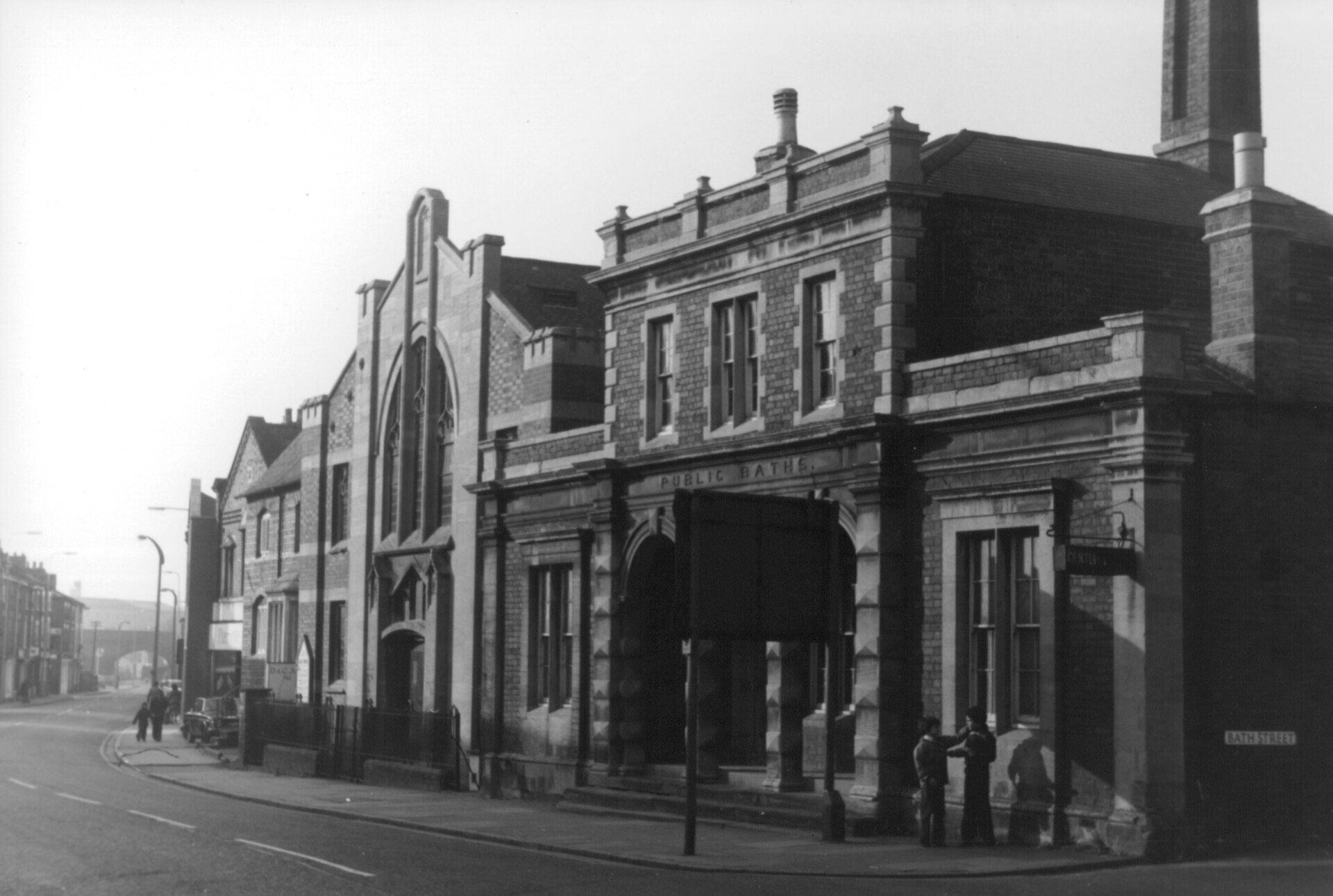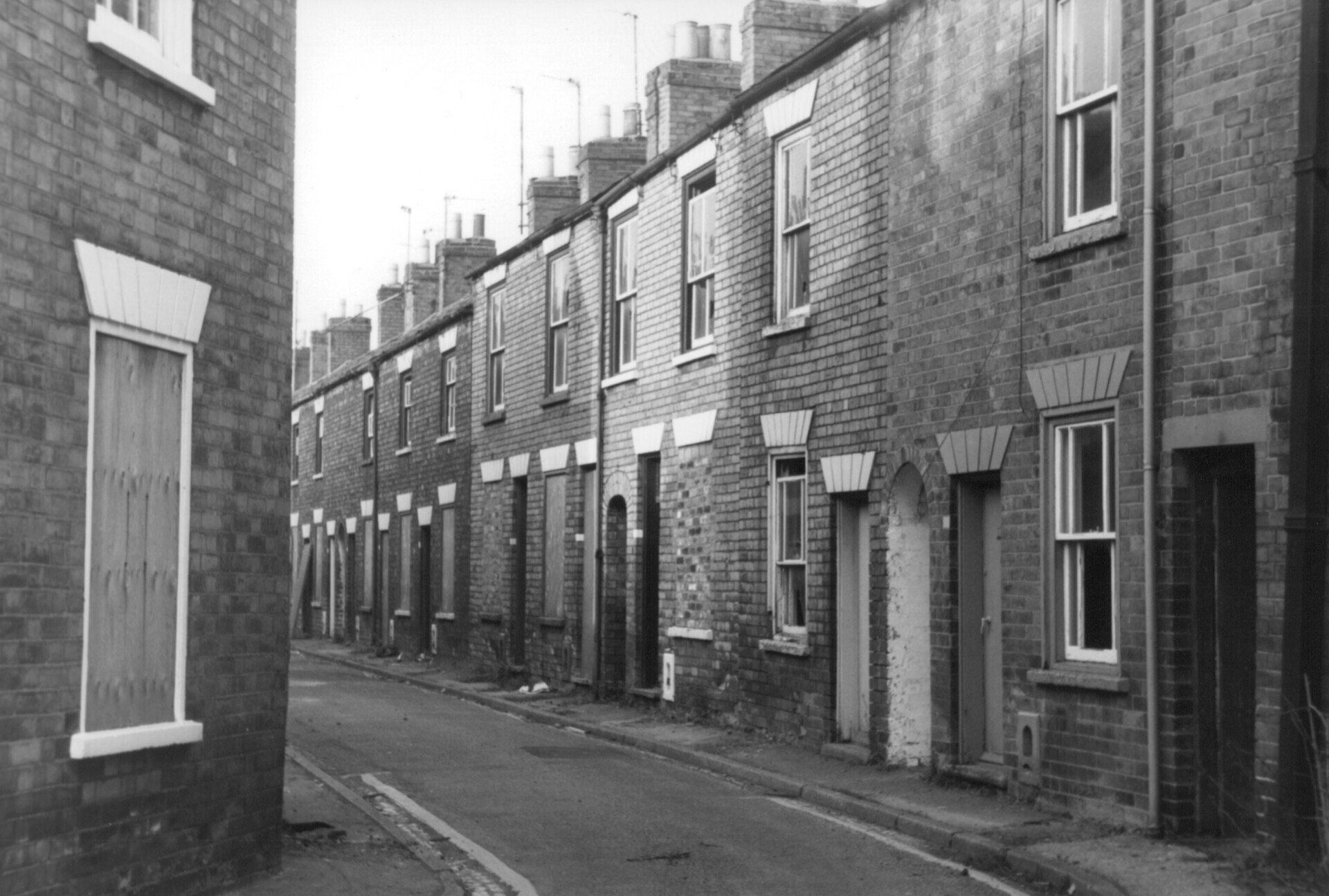Market Place
Author name
The first signboard was erected looking towards the Market Place near to the Old Conduit. The board took the site of an old red telephone box which was not much used. The job was done at the time Lincolnshire County Council was reconstructing the pathway close the Old Conduit and so LCC kindly installed the signboard for us led by Mark Heaton.
This detail shows the Angel carving on the Angel & Royal hotel and the first draft of the Conduit drawing. Unfortunately, Richard depicted Franciscan monks, the Grey Friars, drawing water from the Conduit. Malcom Knapp protested “But the Reformation had arrived and their Friary had been demolished and the stone used to build the Conduit – you can’t show the Grey Friars!” Richard redid the drawing showing a shepherd but had trouble doing sheep’s feet so he hid them behind the barrels!
RECENT ARTICLES
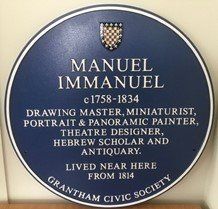
Manuel Immanuel was thought to have been born around 1758. He may have been the son of a painter and illustrator of manuscripts of the same name in London. He was an immensely talented artist, and also designed scenery and interior designs of theatres. He used transparencies and lamps to illustrate his work, often illustrating full size animals such as elephants. In 1805 The New Street Theatre on Red Lion Street in Boston was built to house Robertson’s Touring Company. When it was completed in January 1806, it could accommodate 1,079 people. It was reported that the interior decorations from ‘the Masterly pencil of Mr Immanuel, evince a taste and genius, which add to the reputation he already acquired as an artist’. Whilst in Boston he joined the local Lodge of Freemasons. In 1809, there were many celebrations to commemorate King George III, who had acceded to the throne nearly fifty years before. At St Ives in Cambridgeshire, Mr Immanuel, who was at that time living in Bedford, painted a large transparency and was given huge acclaim for his work. At was noted that he had recently produced a similar piece in Huntingdon.
